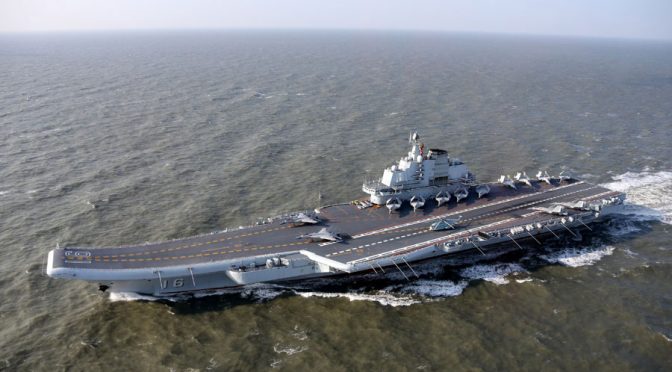By Joshua A. Cranford
The next administration should be cognizant that when leading the Navy amateurs will think tactics, while professionals will think logistics. As the Navy continues to move toward a technological platform to conduct its operations to ensure global security, logistical consideration for the technology being employed must be at the forefront of policy conversation. Technology employed and developed today by the Navy is overwhelmingly reliant on 17 specific elements colloquially referred to as “Rare Earth Elements” (REE). REE like neodymium possesses unique characteristics like strong magnetic fields that enable next generation technology to be powerful and compact. The Navy is evolving its tactics to compliment the new capabilities offered by REE-powered technology. To support this evolution, higher competent authorities must ensure that the logistics requirements to support REE demands are met.
In the early 1940s, relations between Japan and the United States deteriorated as Japan expanded its Pacific influence and postured as a significant economic competitor to the west. In response to Japanese expansion, the United States embargoed commodities such as oil and steel to Japan in June of 1941. The Japanese at the time did not have controlling interest on any commodity that the United States required. So following failed economic responses, they attacked Pearl Harbor on December 7, 1941. The United States ultimately won the following conflict that was quickly turning into a drawn out battle of attrition with nuclear innovation. However, if the bomb had never come to fruition, the U.S. still would have ultimately prevailed over Japan with superior logistical capabilities. America controlled the resources Japan needed to wage an effective war.
In recent years, China has expanded its influence and power in the Pacific and postured itself as a significant economic competitor to the west. China does not rely on the United States for any commodity today as Japan did for oil in the 1940s. Yet the United States heavily relies on China’s 95% dominance of the REE market for economic prosperity and to conduct global security and naval operations. If China decided tomorrow to embargo these elements how long would America continue to prosper and meet its operational needs? What would America’s response be, and how effective would that response be given the compromised supply of REEs? How would production continue on the F-35, Tomahawk cruise missile, surveillance and communications satellites, or the new hybrid propulsion drive on the Zumwalt class destroyers? Such considerations must be factored into framing escalation and hypothetical conflict with China.
HM2 (FMF) Joshua Cranford is a Hospital Corpsman stationed at Naval Health Clinic Annapolis. He has participated with ATHENA and is currently working toward avenues that integrate gaseous hydrogen as a fuel source into Naval operations.
Featured Image: Chinese aircraft carrier Liaoning returns to Qingdao, China after Pacific drill, January 13th, 2017. Comprised of aircraft carrier Liaoning, a number of destroyers, some J-15 carrier-based fighter jets and helicopters, the fleet sailed through the Bohai Sea, the Yellow Sea, the East China Sea and the South China sea. (Photo/CRI)

